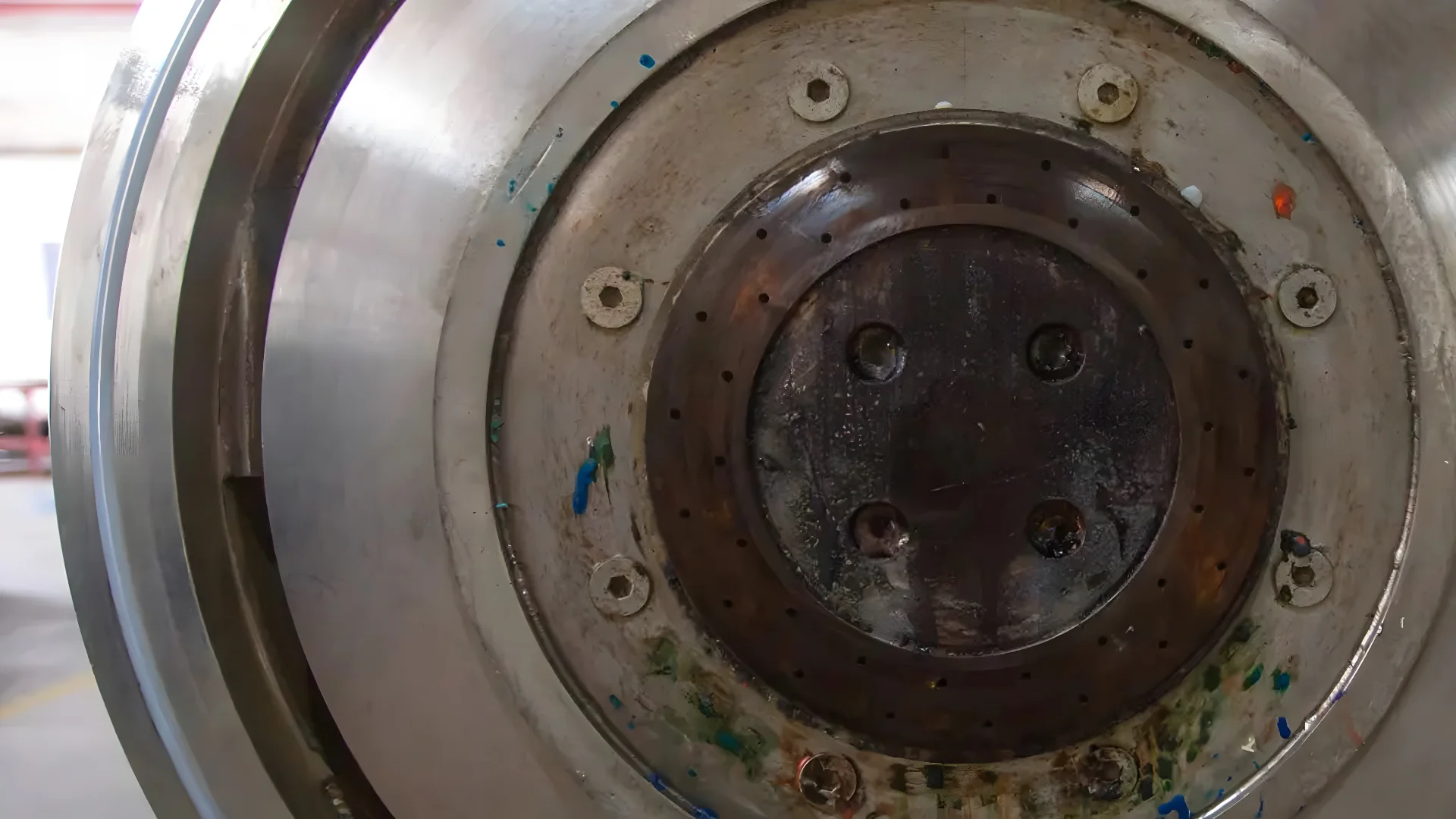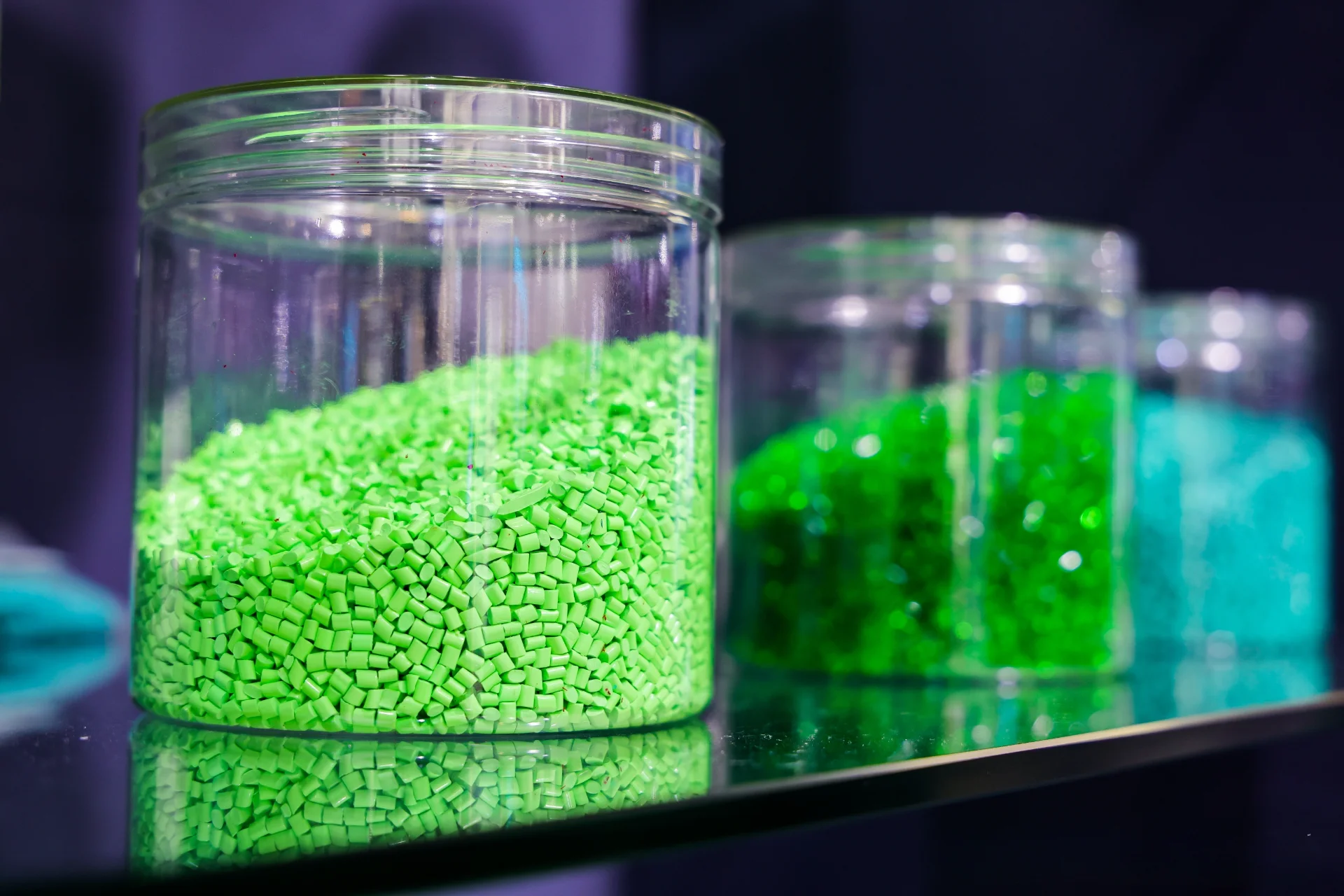Muovi on kaikkialla läsnä, ja sen kestävyys on kiistaton. Sen ympäristövaikutukset ovat kuitenkin usein syvät. Käytännöllinen ratkaisu muovijätteen vähentämiseen on kierrätys, jota johtavat laitteet, kuten muovirakeistimetMutta miten nämä koneet tarkalleen ottaen muuttavat hylätyn muovin uudelleenkäytettäväksi materiaaliksi? Tutkitaanpa asiaa!
Muovijätteen muuttuminen rakeiksi
Prosessi alkaa muovijätteen keräämisellä ja lajittelulla. Koska eri muovityypit vaativat erilaisia käsittelytekniikoita, tarkka lajittelu on olennaista. Lajittelun jälkeen muovi etenee rakeistimessa useiden vaiheiden läpi:
- SilppuaminenSuuret muovinpalat pilkotaan pienemmiksi, hallittaviksi palasiksi. Kuvittele valtava tehosekoitin, joka muuntaa maitokannuja pieniksi paloiksi.
- PesuFragmentit puhdistetaan perusteellisesti lian, etikettien ja muiden epäpuhtauksien poistamiseksi, jotka saattavat heikentää rakeiden laatua.
- KuivausMahdollinen jäännöskosteus poistetaan paakkuuntumisen estämiseksi seuraavissa vaiheissa.
- EkstruusioKuivatut fragmentit sulatetaan ja puristetaan suulakkeen läpi, jolloin sulasta muovista muodostuu pitkänomaisia, spagetin kaltaisia säikeitä.
- JäähdytysNämä säikeet jäähdytetään nopeasti, mikä vakauttaa niiden muodon.
- LeikkausKiinteytetyt säikeet pilkotaan sitten pieniksi pelleteiksi, joita kutsutaan muovirakeiksi.
Nämä rakeet pohjustetaan uudelleenkäyttöä varten uusien muovituotteiden valmistuksessa, mikä sulkee kierrätyskierron.

Edut Muoviset rakeistajat
Muovirakeistimet ovat keskeisessä asemassa muovijätteen vähentämisessä, ja niillä on useita etuja:
- YmpäristönsuojeluMuovin kierrätys vähentää uuden muovin tuotantoa, säästää resursseja ja vähentää kaatopaikkajätteen kertymistä.
- KustannustehokkuusKierrätettyjen rakeiden käyttö on yleensä taloudellisempaa kuin uuden muovin käyttö, mikä tarjoaa valmistajille taloudellisia etuja.
- Monipuolinen käytettävyysRakeet ovat monipuolisia ja sopivat monenlaisten tuotteiden, kuten pakkausten, pullojen, huonekalujen ja rakennusmateriaalien, valmistukseen.
Muovirakeistuskoneiden toiminnan ymmärtäminen valaisee niiden ratkaisevaa panosta kestävään tulevaisuuteen. Nämä koneet ovat vankka ratkaisu muovijätteen maailmanlaajuiseen haasteeseen, sillä ne muuttavat hylätyt materiaalit arvokkaiksi hyödykkeiksi.
Usein kysytyt kysymykset Muoviset rakeistajat
- Mitä muoveja voidaan käsitellä?
- Rakeistukseen soveltuvat useat muovit, kuten PET, HDPE, LDPE, PP ja PVC, ja jokainen niistä vaatii räätälöityjä käsittelyasetuksia.
- Mikä on rakeiden koko?
- Rakeiden halkaisija on tyypillisesti 2–10 millimetriä, vaikka koot voivat vaihdella rakeistimen ja käyttötarpeiden mukaan.
- Ovatko rakeet turvallisia?
- Kyllä, rakeistusprosessiin kuuluu tarkka epäpuhtauksien poisto, mikä varmistaa, että rakeet ovat turvallisia erilaisiin käyttötarkoituksiin.
- Onko rakeistus energiaintensiivistä?
- Rakeistus kuluttaa vähemmän energiaa verrattuna uuden muovin valmistukseen, mikä tekee kierrätyksestä kestävämmän käytännön.
- Miten saada lisätietoja paikallisesta muovin kierrätyksestä?
- Paikallisviranomaiset ja ympäristöjärjestöt tarjoavat usein tietoa kierrätysaloitteista. Ota yhteyttä kunnan jätehuoltoviranomaiseen tai hae verkosta lähellä olevia kierrätysvaihtoehtoja.



